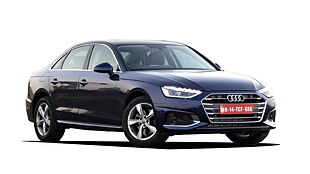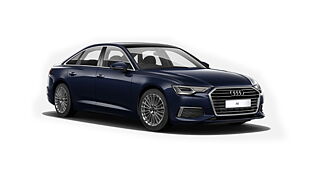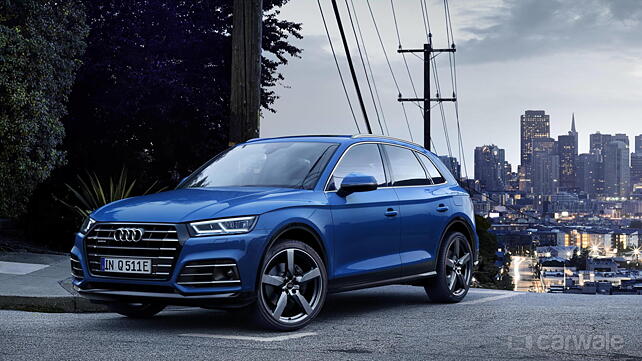
- Q5 55 TFSI e quattro develops 367PS system output and 500Nm of torque, from just 1,250rpm
- Electric range of over 40km, with electric driving at up to 135kmph
- Ideal for commuters, fleet operators and as a company car
As the trailblazer for a new range of plug-in models from Audi, the Q5 55 TFSI e is about to make a suitably progressive statement with its arrival in the European markets. A range of over 40 kilometers and a top speed of 135kmph in electric-only mode enable the new hybrid Q5 to cover most everyday driving distances – including highway journeys – without backup from the petrol engine. Available to order in the UK from the beginning of June, first deliveries are scheduled during quarter four of this year.
The new drive concept combines a 2.0 TFSI four-cylinder, turbocharged petrol engine producing 252bhp and 370Nm of torque with an electric motor. The electric motor and the separating clutch are integrated into the seven-speed S tronic, which transfers the drive torque to the quattro drivetrain. Overall, the hybrid SUV impresses with a system output of 367bhp and total torque of 500Nm just above idle, namely from 1,250 rpm. Acceleration from 0 to 100kmph takes 5.3 seconds.
The SUV’s lithium-ion battery is located under the luggage compartment floor. It is made up of 104 prismatic cells and stores 14.1 kWh of energy with a voltage of 381 volts. For optimal temperature control, its cooling loop is connected to both the coolant loop for the climate control system and the low-temperature cooling loop into which the electric motor and power electronics are also integrated.
There are three driving modes from which to choose. Hybrid mode is activated automatically together with route guidance in the navigation system. It can also be activated manually using the Mode button. In this mode, the battery charge is optimally distributed over the route to reduce fuel consumption, with primarily electric driving in urban areas and stop-and-go traffic. The system chooses between freewheeling with the engine switched off and coasting recuperation. Coasting recuperation can recover up to 25 kW of power. The electric motor is responsible for all light braking up to 0.1 g, i.e. the majority of braking in everyday driving. A maximum of 80 kW of electrical energy are generated via braking recuperation at a deceleration of up to 0.2 g. The disc brakes are used for more power deceleration. If route guidance is active in the MMI navigation system, the predictive operating strategy attempts to drive the last urban segment of the route all-electrically and arrive at the destination with the drive battery nearly empty. The control function is based on a large amount of data. These include online traffic information, distance to the destination, the route profile of the chosen route, precise information about immediate surroundings from the navigation data, such as speed limits, types of roads, uphill and downhill slopes and the latest data from the onboard sensors.
Besides Hybrid mode, the driver can also choose between EV and Battery Hold modes. In EV mode, the car is driven exclusively electrically as long as the driver does not depress the accelerator past a variable, perceptible pressure point. EV mode is the base setting each time the vehicle is started. In Battery Hold mode, battery capacity is held at the current level.

![Audi Q5 [2018-2020] Image Audi Q5 [2018-2020] Image](https://imgd.aeplcdn.com/272x153/cw/ec/26521/Audi-Q5-Exterior-165497.jpg?wm=0&q=80)

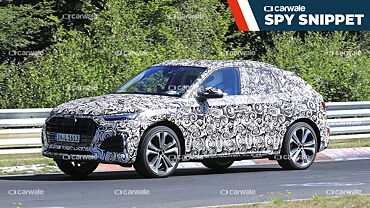
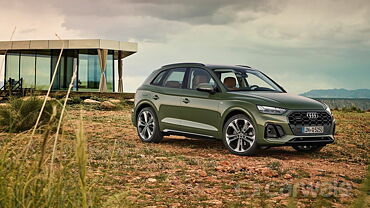





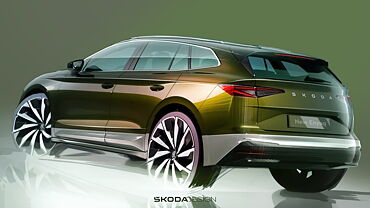


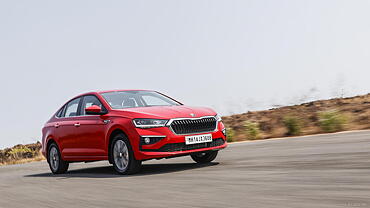



![Audi Q5 [2018-2020] Exterior Audi Q5 [2018-2020] Exterior](https://imgd.aeplcdn.com/199x112/cw/ec/26521/Audi-Q5-Exterior-116955.jpg?wm=1&q=80)
![Audi Q5 [2018-2020] Exterior Audi Q5 [2018-2020] Exterior](https://imgd.aeplcdn.com/199x112/cw/ec/26521/Audi-Q5-Exterior-165497.jpg?wm=0&q=80)
![Audi Q5 [2018-2020] Exterior Audi Q5 [2018-2020] Exterior](https://imgd.aeplcdn.com/199x112/cw/ec/26521/Audi-Q5-Exterior-151738.jpg?wm=0&q=80)
![Audi Q5 [2018-2020] Interior Audi Q5 [2018-2020] Interior](https://imgd.aeplcdn.com/199x112/cw/ec/26521/Audi-Q5-Interior-151742.jpg?wm=0&q=80)
![Audi Q5 [2018-2020] Interior Audi Q5 [2018-2020] Interior](https://imgd.aeplcdn.com/468x263/cw/ec/26521/Audi-Q5-Interior-151741.jpg?wm=0&q=80)


























